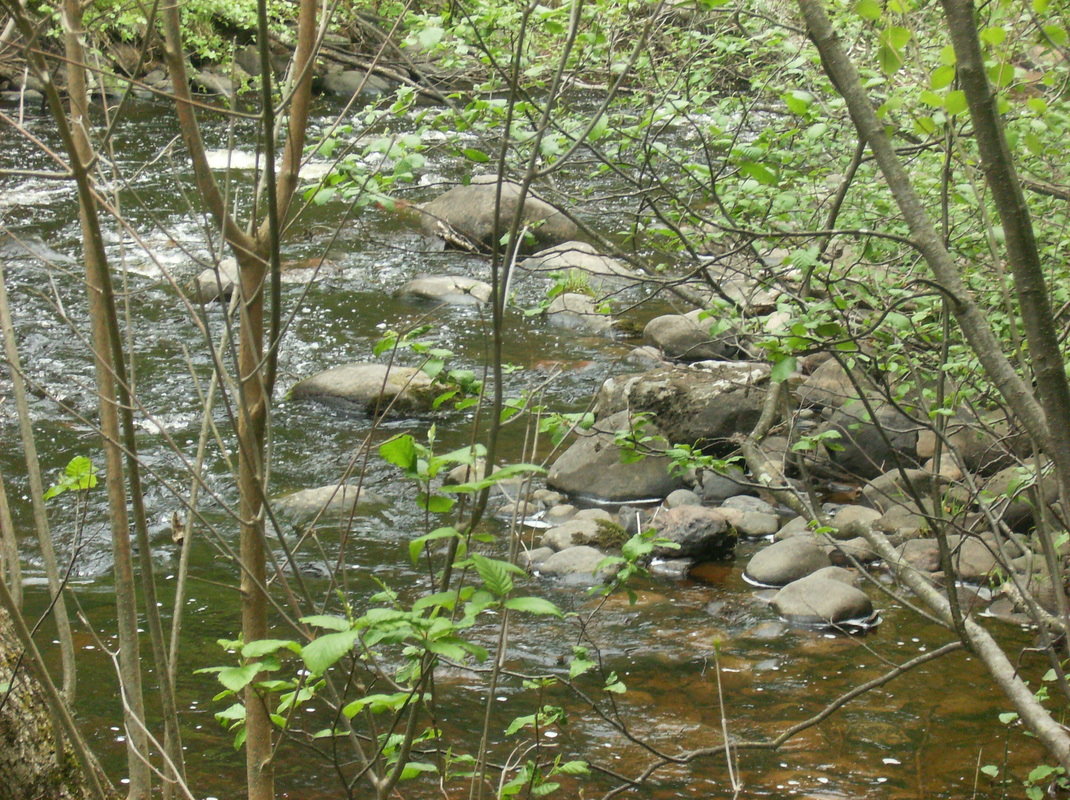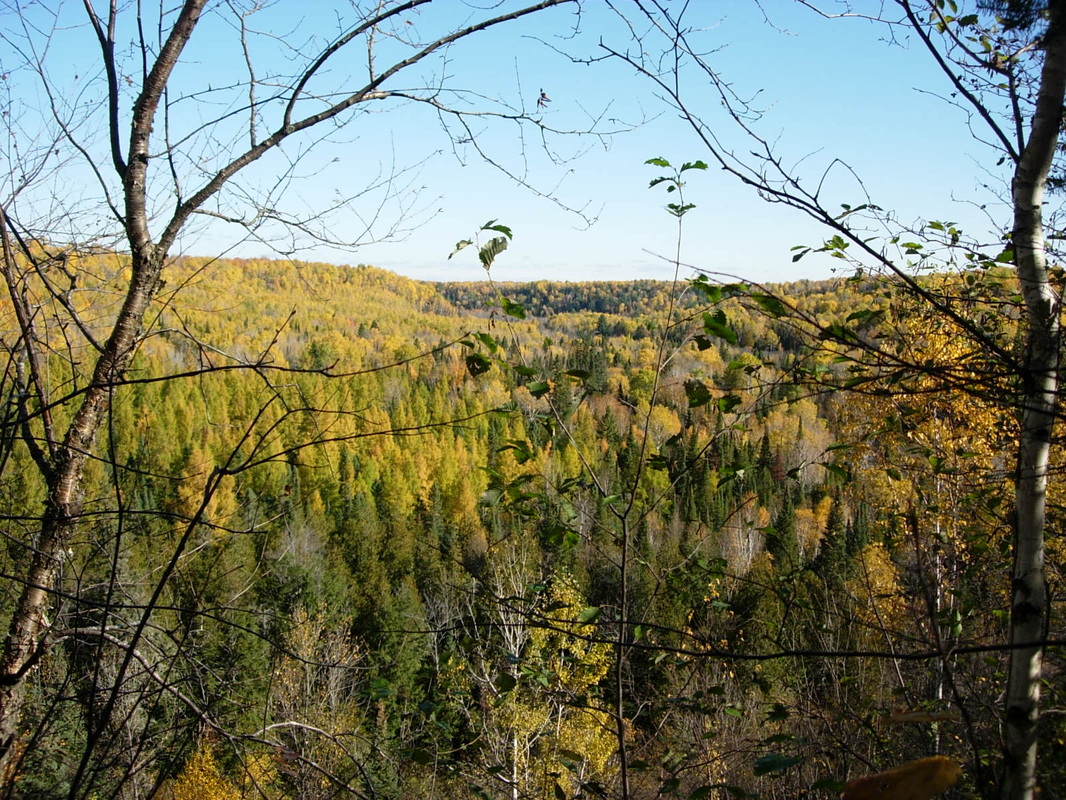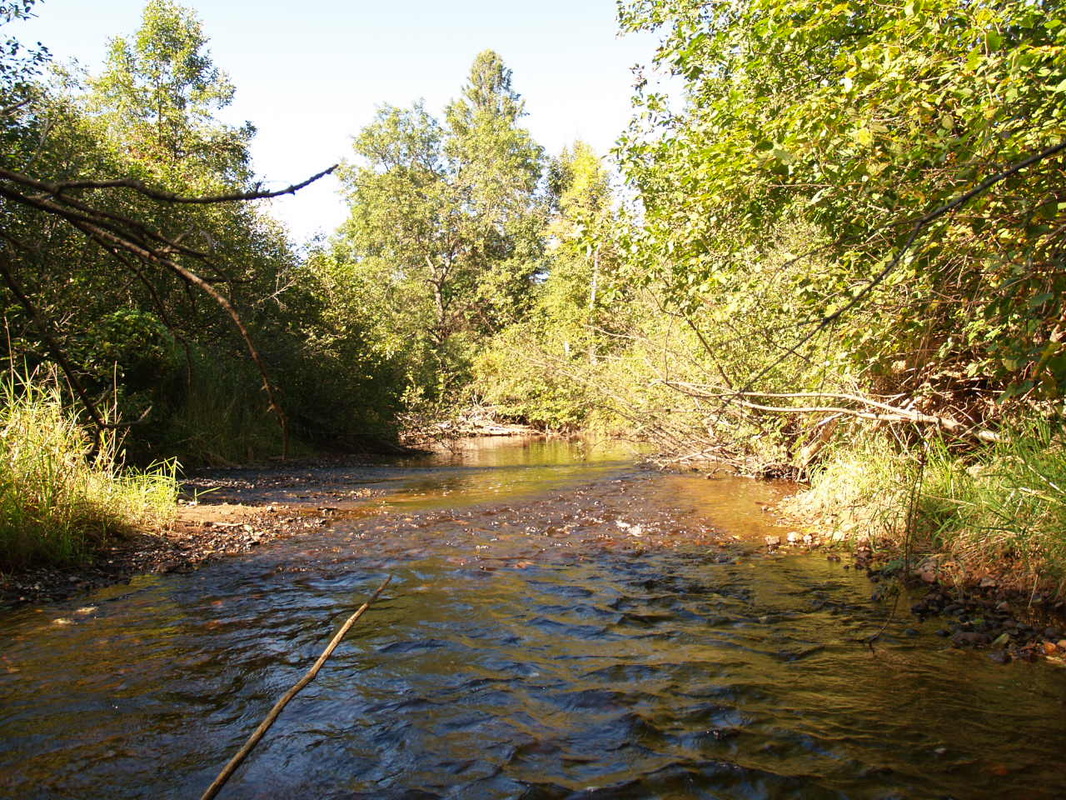There are over 50 land trusts in Wisconsin working with thousands of people who are committed to preserving the places they love and value.Many landowners have a deep connection to their land and know the gifts undeveloped properties provide to their communities: clean air and water, fresh food, wildlife habitat, and sheer scenic beauty.
Our North woods region is rich in rural amenities, inland lakes, clear water streams, and Lake Superior, drawing millions of people to recreate, relax and enjoy its gifts.This creates a high demand for resort areas and second home development threatening to destroy what it is we most love about our area.
Many landowners are taking a stand to safeguard the places they love— productive farms, forests, wetlands, coastlines— for their family and for future generations.Tools for protecting your land include:
Our North woods region is rich in rural amenities, inland lakes, clear water streams, and Lake Superior, drawing millions of people to recreate, relax and enjoy its gifts.This creates a high demand for resort areas and second home development threatening to destroy what it is we most love about our area.
Many landowners are taking a stand to safeguard the places they love— productive farms, forests, wetlands, coastlines— for their family and for future generations.Tools for protecting your land include:
- Permanent land management agreements: Conservation Easement
- Donation of land for preservation
- Bequests
- Bargain Sale
Conservation Easements
Conservation easements are the most traditional tool for conserving private land. A “conservation easement” (also known as a conservation restriction or conservation agreement) is a legal agreement between a landowner and the Bayfield Regional Conservancy that permanently limits uses of the land in order to preserve its natural, also called conservation values. These conservation values include features like significant wildlife and plant habitat, lake or river shoreline, wetlands, agricultural lands or important scenic or cultural lands which benefit the public.
In order to protect these conservation values, certain restrictions on use of the property and the reserved rights of the landowner are detailed in the conservation easement, which is a legal, recorded document. Conservation easements are perpetual; they apply to the current owner and all future landowners, permanently protecting the property. The conservation easement allows landowners to continue to own and use their land, and they can also sell it or pass it on to heirs.
Conservation easements are flexible and tailored to each property and the landowner goals. An easement on property containing rare wildlife habitat might prohibit any development, for example, while an easement on a farm might allow continued farming and the addition of agricultural structures. An easement may apply to all or a portion of the property, and need not require public access.
Qualifying For A Tax Deduction
Conservancy easements are typically donated by the landowner. If the donation benefits the public by permanently protecting important conservation resources, and meets other federal tax code requirements, it can qualify as a tax-deductible charitable donation. Easement values vary greatly; in general, the highest easement values result from very restrictive conservation easements on tracts of developable open space under intense development pressure. In some jurisdictions, placing an easement on your property may also result in property tax savings.
Reducing Estate Taxes
Perhaps the most important benefit, a conservation easement can be essential for passing undeveloped land on to the next generation. By removing the land’s development potential, the easement typically lowers the property’s market value, which in turn lowers potential estate tax. Whether the easement is donated during life or by will, it can make a critical difference in one’s heirs’ ability to keep the land intact.
The following are the basic steps in donating a conservation easement:
Donation of Land for Preservation
Donating land for conservation is one of the finest legacies a person can leave to future generations. If you choose to donate your land, the Conservancy can work with you to determine the best arrangement. For example, the Conservancy might retain ownership of the property as a permanent preserve or transfer the property to a suitable owner, such as a government agency. In some cases, the land is sold to a private owner, subject to a conservation easement held by the land trust. (Proceeds from such a sale could fund the Conservancy’s long-term management of the conservation easement and/or help it to protect even more land.) The full market value of land donated to the Bayfield Regional Conservancy is tax deductible as a charitable gift.
Bequests
Landowners can also leave a legacy by donating their land to the BRC at the time of their death. It is best to work with Conservancy staff to arrange for your bequest so that there is a clear understanding of your intent for your land.
Bargain Sale
In a bargain sale, you sell your land to the Conservancy for less than its fair market value. This not only makes it more affordable for BRC, but offers several benefits to you: it provides cash, avoids some capital gains tax, and entitles you to a charitable income tax deduction based on the difference between the land’s fair market value and its sale price. To qualify for a bargain sale your property would need to be in a conservation priority area as determined by the Conservancy’s Strategic Conservation Plan.
Conservation easements are the most traditional tool for conserving private land. A “conservation easement” (also known as a conservation restriction or conservation agreement) is a legal agreement between a landowner and the Bayfield Regional Conservancy that permanently limits uses of the land in order to preserve its natural, also called conservation values. These conservation values include features like significant wildlife and plant habitat, lake or river shoreline, wetlands, agricultural lands or important scenic or cultural lands which benefit the public.
In order to protect these conservation values, certain restrictions on use of the property and the reserved rights of the landowner are detailed in the conservation easement, which is a legal, recorded document. Conservation easements are perpetual; they apply to the current owner and all future landowners, permanently protecting the property. The conservation easement allows landowners to continue to own and use their land, and they can also sell it or pass it on to heirs.
Conservation easements are flexible and tailored to each property and the landowner goals. An easement on property containing rare wildlife habitat might prohibit any development, for example, while an easement on a farm might allow continued farming and the addition of agricultural structures. An easement may apply to all or a portion of the property, and need not require public access.
Qualifying For A Tax Deduction
Conservancy easements are typically donated by the landowner. If the donation benefits the public by permanently protecting important conservation resources, and meets other federal tax code requirements, it can qualify as a tax-deductible charitable donation. Easement values vary greatly; in general, the highest easement values result from very restrictive conservation easements on tracts of developable open space under intense development pressure. In some jurisdictions, placing an easement on your property may also result in property tax savings.
Reducing Estate Taxes
Perhaps the most important benefit, a conservation easement can be essential for passing undeveloped land on to the next generation. By removing the land’s development potential, the easement typically lowers the property’s market value, which in turn lowers potential estate tax. Whether the easement is donated during life or by will, it can make a critical difference in one’s heirs’ ability to keep the land intact.
The following are the basic steps in donating a conservation easement:
- Landowner and BRC representative(s) meet to discuss landowner’s wishes, needs and conservation objectives. The BRC representative describes its policies, and explains how a conservation easement works, appropriateness for the property, and any other conservation options that may be available to the landowner
- Landowner reviews the material, consults with family members, legal counsel, and/or tax advisors, and indicates an interest in further exploration of an easement.
- BRC representative visits the property to evaluate its features and the natural and open-space resources, and consults again with the owner on the easement terms and the long-term objectives. The BRC representative determines whether protection of the property serves the public interest and, (if donated), which of the various IRS public benefit tests is satisfied. BRC document the resource values of the property and presents its findings to the Land Project Committee for review and approval to proceed
- After consulting with family members, advisors, or others, the landowner reaches a preliminary agreement with BRC on the proposed terms of the easement and property description.
- The BRC Board of Directors approves the conservation easement, making a finding as to the public benefit of the easement and how it fits with the Conservancy’s strategic plan.
- Landowner provides chain of title, certification of title or title report to the land trust
- The landowner contacts the lender, if any, to arrange for subordination of mortgage. The mortgage must be subordinated for the conservation easement to be effective and (if donated) for a tax deduction to be available.
- Landowner determines if certain IRS requirements for an easement to be tax deductible are met
- Conservation easement is finalized and signed.
- The signed easement documents, usually including the Baseline Report, are recorded at the county courthouse.
- BRC asks conservation easement donors to make a donation to the land trust to cover the costs of monitoring and enforcing the conservation easement in perpetuity.
- If the landowner intends to take a qualified tax deduction or claim a credit for the non-cash charitable gift, the landowner is responsible for hiring an independent appraiser to determine the value of the gift.
- The landowner claims a federal income tax deduction for the donation on a special form with his or her income tax return (Form 8283). Depending on the state, there may be state and local tax savings as well.
- The Conservancy has the responsibility of monitoring the property once or twice per year to ensure that all of the easement conditions are met.
Donation of Land for Preservation
Donating land for conservation is one of the finest legacies a person can leave to future generations. If you choose to donate your land, the Conservancy can work with you to determine the best arrangement. For example, the Conservancy might retain ownership of the property as a permanent preserve or transfer the property to a suitable owner, such as a government agency. In some cases, the land is sold to a private owner, subject to a conservation easement held by the land trust. (Proceeds from such a sale could fund the Conservancy’s long-term management of the conservation easement and/or help it to protect even more land.) The full market value of land donated to the Bayfield Regional Conservancy is tax deductible as a charitable gift.
Bequests
Landowners can also leave a legacy by donating their land to the BRC at the time of their death. It is best to work with Conservancy staff to arrange for your bequest so that there is a clear understanding of your intent for your land.
Bargain Sale
In a bargain sale, you sell your land to the Conservancy for less than its fair market value. This not only makes it more affordable for BRC, but offers several benefits to you: it provides cash, avoids some capital gains tax, and entitles you to a charitable income tax deduction based on the difference between the land’s fair market value and its sale price. To qualify for a bargain sale your property would need to be in a conservation priority area as determined by the Conservancy’s Strategic Conservation Plan.
_Bayfield Regional Conservancy ~ 33 N. 1st Street, Bayfield, WI 54814 ~ 715.779.5263 ~ [email protected]


